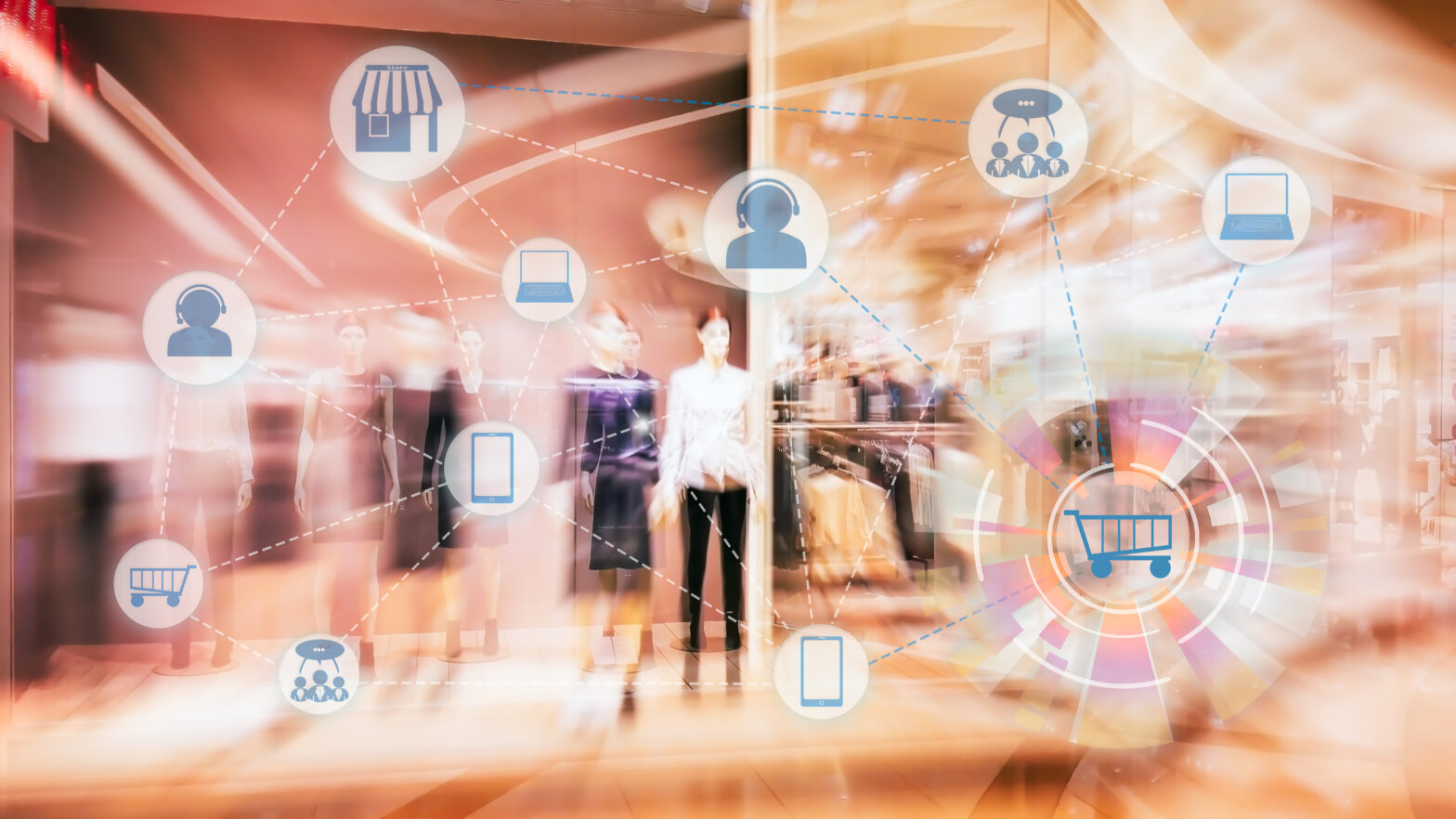Music, travel, film, banking… digitisation has transformed industries across the world. Now the time has come for the traditional bricks-and-mortar store.
The physical store has changed very little over the past century, but now consumer demand is putting pressure on this holdout industry to digitise, or die.
Shoppers are now accustomed to the immediate, personalised and convenient experience of shopping online, which technology companies like Amazon and Alibaba are recreating in the physical environment, with prototype frictionless stores that prioritise convenience and shopper interaction.
>See also: 3 technology trends defining retail: Connecting the dots at NRF
As major technology players disrupt the physical retail market, stores large and small must innovate and think like digitally native companies. This means that retailers and CPGs need to be agile and responsive to customer needs and requests in order to improve the shopper experience and to drive sales.
A 2017 World Economic Forum Report predicts that a slew of new technologies, including the internet of things (IoT), artificial intelligence (AI) and robotics, will change the retail landscape. It will be those technologies that give retailers a greater understanding of their physical environments that lead the digital transformation of bricks- and-mortar stores.
Fixed, and IoT-enabled cameras will become the most important enabler of enhanced shopper interaction. The insights that they offer have already been taken advantage by Amazon Go stores to track consumer shopping behaviour and offer a more ‘seamless’ shopping experience.
>See also: Exploring the future of retail technology
However, it’s those stores that turn their gaze to the shelf that will reap the greatest rewards because having real-time intelligence of on-shelf conditions is critical.
A combination of fixed cameras and computer vision technology can now provide retailers and brands with ‘eyes in the store’ to check, in real-time, that their products are available on the shelf, that they are where they need to be and that they are priced correctly.
Cameras and sensors will enable stores and brands to develop an understanding of where products should be placed to meet consumer purchasing trends, restock in-demand items faster and correct pricing more efficiently.
>See also: The future of retail: just technology
Digitising the shelf will soon be seen as the industry standard, as it will enhance the shopping experience and allow stores and brands to become more competitive. In fact, companies that use image recognition technology for these purposes have achieved a sales increase of 3% to 5%, according to Michael Valenti, senior research consultant at Frost & Sullivan.
The traditional store has changed very little in the past century but the emergence of industry disruptors, and increasing shopper sophistication, has necessitated a transformational shift to new technologies and innovations to remain competitive.
For bricks-and-mortar stores, which account for the vast bulk of all retail sales today, a new era of ‘smart retail’ is on the horizon that will see digital transformation sweep across the high-street and change the future of shopping.
Sourced by Joel Bar-El, CEO and co-founder of Trax







